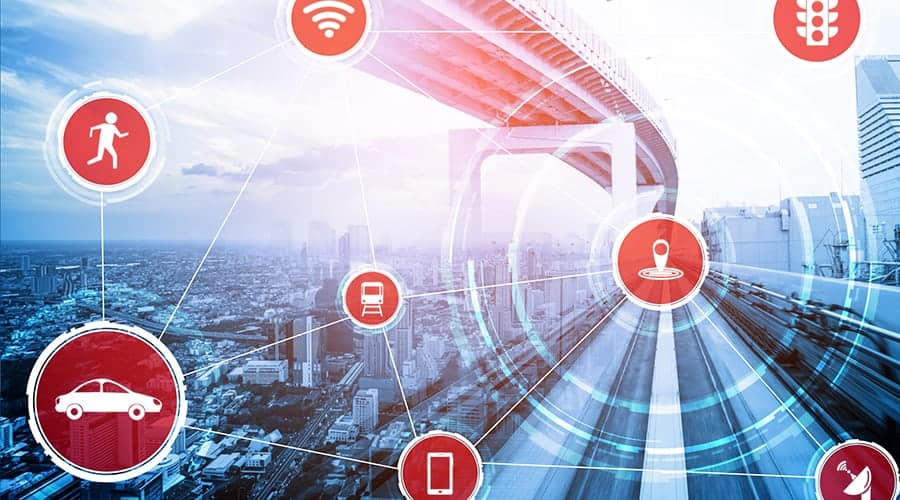Hello!
Artificial intelligence is changing all sectors and logistics is just one of these. Logistics is the direction of the flow of goods between different places. A worldwide community of customers and suppliers complicate logistics operations and logistics firms feature both simple to automate jobs and intricate procedures that may gain from AI and machine learning algorithms.
What does AI mean for logistics companies?
 The technology delivers a vast selection of capacities to logistics businesses out of autonomous servers into predictive analytics.
The technology delivers a vast selection of capacities to logistics businesses out of autonomous servers into predictive analytics.
Based on Mckinsey study , the logistics business has embraced AI largely for 4 company purposes that are service operations, product and service development, sales and marketing, and supply chain management. These four business units pay 87 percent of AI adoption in logistics.
Mckinsey quotes that logistics business generate $1.3-$2 trillion each year in economic significance by embracing AI in their procedures.
What are the applications of AI in logistics?
Planning
Logistics requires substantial preparation which needs organizing providers, clients and unique units within the business. Machine learning options can facilitate preparation activities since they are great at managing situation analysis and numerical analytics, each of which are critical for preparation.
Demand forecasting
AI capabilities allow organizations to utilize real-time information in their calling attempts. Consequently, AI-powered require forecasting techniques reduce error rate compared to conventional forecasting techniques like ARIMA, AutoRegressive Integrated Moving Average, and exponential smoothing methods.
 With improved precision in demand forecast:
With improved precision in demand forecast:
- manufacturers can better optimize the number of dispatched vehicles to local warehouses and reduce operational costs since they improve their manpower planning
- local warehouses/ retailers can reduce the holding costs (opportunity cost of holding the item instead of investing the money elsewhere)
- customers are less likely to experience stockouts that reduce customer satisfaction
Supply planning
Artificial intelligence help companies analyze need in real-time therefore that businesses upgrade their distribution preparation parameters to maximize supply chain flow. With lively distribution planning, companies utilize fewer tools because lively planning reduces waste.
Automated Warehousing
According to 2020 MHI Annual Industry Report, only 12% of businesses are using AI technology in their warehouses, but it is expected to reach 60+% in 6 years.
Warehouse robots
 Warehouse robots are just another AI technology that’s invested heavily to improve companies’ supply chain management.
Warehouse robots are just another AI technology that’s invested heavily to improve companies’ supply chain management.
The warehouse robotics marketplace was valued at USD 2.28 billion in 2016 and is predicted to grow at a CAGR of 11.8percent between 2017 and 2024.
As an instance, the retail giant Amazon has obtained Kiva Systems in 2012 and changed its title to Amazon Robotics at 2015. Now, Amazon has 200,000 robots operating in their own warehouses. At 26 of Amazon’s 175 satisfaction centers, robots assisting individuals to get selecting, sorting, transporting, and stowing packages.
Warehouse robots
Warehouse robots are just another AI technology that’s invested heavily to improve companies’ supply chain management. The warehouse robotics marketplace was valued at USD 2.28 billion in 2016 and is predicted to grow at a CAGR of 11.8percent between 2017 and 2022.
By way of instance, the retail giant Amazon has obtained Kiva Systems in 2012 and changed its title to Amazon Robotics at 2015. Now, Amazon has 200,000 robots operating in their own warehouses. At 26 of Amazon’s 175 satisfaction centers, robots assisting individuals to get selecting, sorting, transporting, and stowing packages.
Damage detection/ Visual Inspection
 Damaged products may result in unsatisfied clients and churn. Computer vision technologies enables companies to spot damages. Businesses can establish the damage thickness, the sort of harm, and take actions to reduce additional harm.
Damaged products may result in unsatisfied clients and churn. Computer vision technologies enables companies to spot damages. Businesses can establish the damage thickness, the sort of harm, and take actions to reduce additional harm.
Predictive maintenance
Predictive maintenance is predicting potential machine failures in the factory by analyzing real-time data collected from IoT sensors in machines. Machine learning-powered analytics tools enhance predictive analytics and identify patterns in sensor data so that technicians can take action before the failure occurs.
Autonomous Things
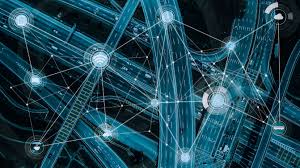 Autonomous things are devices that work without human interaction with the help of AI. Autonomous things include self-driving vehicles, drones and robotics. We should expect to see more autonomous devices in the logistics industry due to the industry’s suitability for AI.
Autonomous things are devices that work without human interaction with the help of AI. Autonomous things include self-driving vehicles, drones and robotics. We should expect to see more autonomous devices in the logistics industry due to the industry’s suitability for AI.
Self-driving vehicles
Self-driving cars have the capability to change logistics by diminishing heavy dependence on drivers. Technologies like platooning support drivers’ safety and health while reducing carbon monoxide and fuel use of vehicles.
Tesla, Google and Mercedes Benz are investing heavily in the idea of autonomous vehicles, it’s merely a matter of time before sovereign trucks have been observed on streets across the world. But, based on BCG estimations, only around 10 percent of light trucks will drive by 2030.
Delivery drones
 For the manufacture of merchandise, shipping drones are helpful machines when companies deliver products to regions where the earth move is impossible, secure, dependable, or renewable.
For the manufacture of merchandise, shipping drones are helpful machines when companies deliver products to regions where the earth move is impossible, secure, dependable, or renewable.
Particularly in the health care sector where pharmaceutical firms have a brief shelf life period, shipping drones can assist companies reduce wastage price and avoid investments for expensive storage facilities.
Analytics
Dynamic Pricing
Dynamic pricing is real time pricing where the cost of a product reacts to fluctuations demand, supply, competition cost, subsidiary merchandise rates. Pricing program mostly utilizes machine learning algorithms to assess customers’ historic data in real-team so it may respond to demand changes faster with adjusting costs.
Route optimization /Freight management
 AI versions helps companies to examine existing routing, monitor path optimization. Course optimization utilizes shortest path calculations in chart analytics area to recognize the most effective path for trucks.
AI versions helps companies to examine existing routing, monitor path optimization. Course optimization utilizes shortest path calculations in chart analytics area to recognize the most effective path for trucks.
Hence, the company will have the ability to decrease shipping expenses and accelerate the delivery procedure. By way of instance, Valerann’s Smart Road System is a AI online traffic management platform which provides information about road conditions to autonomous vehicles and consumers.
Back office
Each specialty unit has administrative center assignments and coordinations is the same. For instance, there are various coordinations related structures like bill of replenishing from which organized information should be physically separated. Most organizations do this physically.
Automating manual office tasks
Hyperautomation, also referred to as intelligent business process automation, means using a combination of AI, robotic process automation (RPA), process mining and other technologies to automate processes in an end-to-end manner.
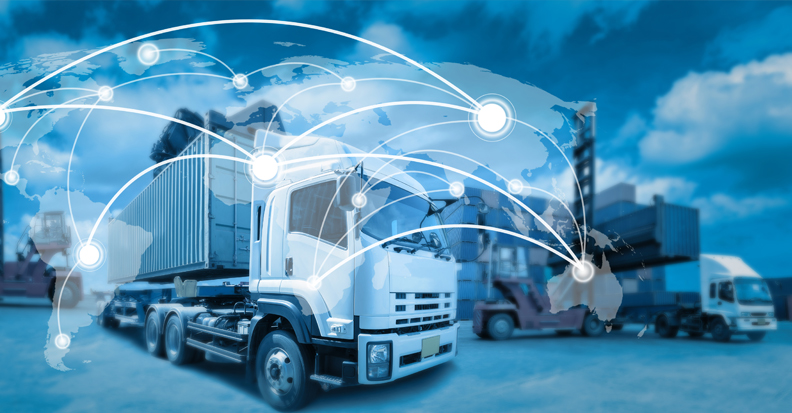 With these technologies, businesses can automate several back-office tasks such as:
With these technologies, businesses can automate several back-office tasks such as:
- Scheduling and tracking: AI systems can schedule the transportation, organize pipelines for cargo, assign and manage various employees to particular stations, and track packages in the warehouse.
- Report generation:Logistics companies can use RPA tools to auto-generate regular reports that are required to inform managers and ensure everyone in the company is aligned. RPA solutions can easily auto-generate reports, analyze their contents and based on the contents, email them to relevant stakeholders.
- Invoice/bill of lading/rate sheet processing: These documents help communication between the buyers, suppliers and logistics service providers. Document automationtechnologies can be used to increase the efficiency of processing these documens by automating data input, error reconciliation and document processing.
- Email processing: Based on contents in auto-generated reports, RPA bots can analyze the content and sends emails to relevant stakeholders.
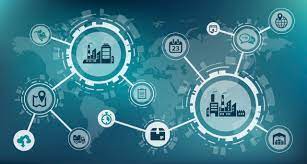 For more RPA and hyperautomation use cases for businesses’ back-office tasks, feel free to read our articles:
For more RPA and hyperautomation use cases for businesses’ back-office tasks, feel free to read our articles:
- 60+ RPA applications
- 10+ Hyperautomation applications
- Supply chain automation
Customer service chatbot
Customer service plays an important role in logistics companies since customers will contact companies for any issue they experience in delivery.
Customer service chatbots are capable of handling low-to-medium call center tasks such as:
- requesting a delivery
- amending an order
- tracking shipment
- responding to a FAQ
Chatbots are also valuable tech to analyze customer experience, chatbot analytics metrics enable businesses to understand their customers better so that they can enhance the customer journey they deliver.
To learn more AI application in customer service, feel free to read our article: 11 AI Use cases in Customer Service
Sales & marketing
Sales and marketing activities of logistics companies can also be enhanced by artificial intelligence.
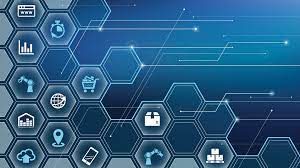 Some applications are:
Some applications are:
- Lead scoring: Enabling sales reps to focus on the right prospects
- Increasing automation in activities such as email marketing
- More precise sales and marketing analytics
For more AI applications in sales and marketing, you can check our articles:
- 12 AI Applications / Use cases Transforming Sales
- AI in marketing: Comprehensive Guide
Also read:
- How to Make Money While You Sleep in 2025
- 7 Types of Tools That Every Competitive Business Should Have
- How to Write a Motivational Letter: Top Ideas for Writing
Thank you!
Join us on social media!
See you!

